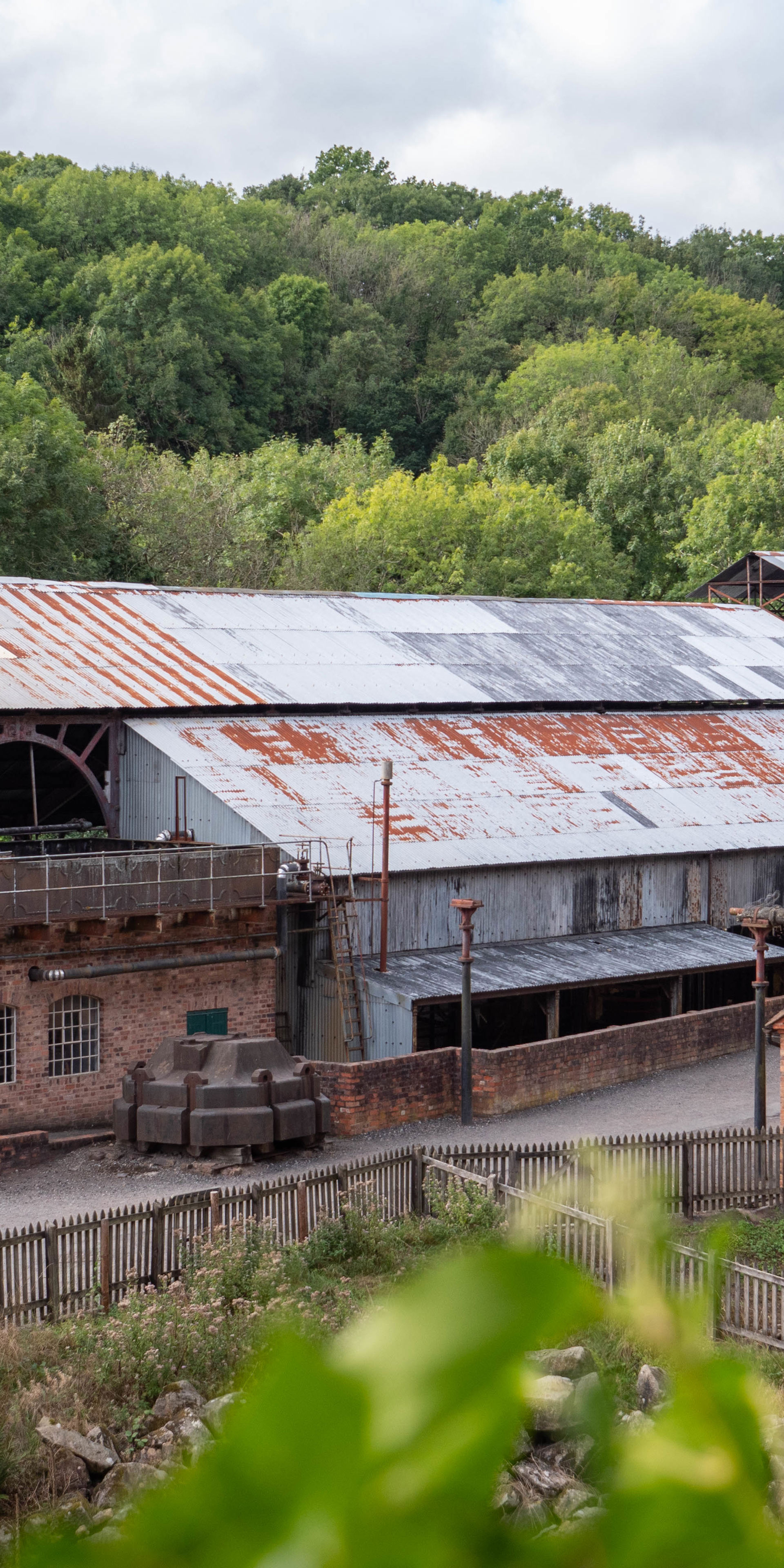New IGMT trail to celebrate 200 years of the modern railway
1st Aug 2025
To coincide with Railway 200, a nationwide celebration of 200 years of the modern railway, the Ironbridge Gorge Museum Trust, a heritage conservation and education charity, has created a new multi-site trail and displays of rail-related monuments and objects from its Designated collections.
For Making Tracks: Celebrating 200 Years of the Modern Railway, until Sunday 31 December, specialist artefacts are on display across seven of the Trust’s museums – Blists Hill Victorian Town, Coalbrookdale Museum of Iron, Coalport China Museum, Enginuity, Jackfield Tile Museum, the Museum of the Gorge and the Old Furnace – as part of the national celebrations of the birth of the modern railway.
The Ironbridge Gorge UNESCO World Heritage Site is widely regarded as the birthplace of the Industrial Revolution. Here Abraham Darby I perfected the technique of using coke instead of charcoal to smelt iron ore, making iron production more efficient and cost-effective, and paving the way for large-scale manufacturing and engineering feats. These included the construction of the world’s first iron bridge in 1779 and ultimately the development of rail transport.
This new railway-themed display is a unique opportunity for visitors to explore the rich history of rail transport and the influence of industries in the Ironbridge Gorge through objects from the Trust’s collection, which is Designated by Arts Council England in recognition of its National Importance.
The artefacts on display range from satirical prints from the Elton Collection – known as ‘the best [collection] in Europe and perhaps the most important in the world’ and a unique record of historical artistic and architectural depictions of the railways – to a decorative vanity set inspired by a train reflecting ‘Railway Mania’ and how trains filtered into all aspects of everyday life. They include a reconstruction of Covent Garden underground station at Jackfield Tile Museum, showcasing the role of decorative ceramics in railway heritage, and a Great Western Railway commemorative plate made by Coalport Chinaworks in 1835 celebrating Brunel’s ‘masterpiece’.
Kyla Hislop, Acting Head of Interpretation at the Ironbridge Gorge Museum Trust, said: “We’re delighted to be taking part in the nationwide celebrations of 200 years of modern rail.
“Entrepreneurs in the Ironbridge Gorge had a big impact on the technological advances that made the development of rail travel possible. Through the collections in our museums we can help tell the story of the social history of rail travel and the impact rail travel had on people’s lives. The trail will offer fascinating new insights into how Ironbridge shaped the development of the railway, and how in turn the railways impacted the Gorge and the wider world, giving visitors a unique look at an often-overlooked chapter of our industrial past.“
Emma Roberts, Programme Manager at Railway 200 said: “We are delighted to support the new trail at the Ironbridge Gorge Museum Trust. This display will help to tell the railway’s 200-year story and show how influential this has been to the way we live today. It’s fantastic that children of all ages will be able to enjoy the trail and collect stamps for their IGMT Railway 200 Passport along the way.”
Coalbrookdale played a part in a number of historic innovations relating to railway transport. By the early 18th century, in Coalbrookdale wooden wagonways used for transporting coal were gradually being replaced with cast-iron plateways, improving the efficiency of moving goods, and in 1767, the Coalbrookdale Company cast the first iron railway rails, marking a crucial step toward the modern railway system.
Ironbridge’s contributions to steam-powered rail also extended to locomotive development. In 1802, Richard Trevithick, a British engineer and inventor, brought his ideas for a high-pressure steam locomotive to the Coalbrookdale Company. His prototype laid the groundwork for the steam engines that would power Britain’s expanding railway network, and the advancements in iron production and early rail technology at Ironbridge helped set the stage for the railway boom of the 19th century, transforming industry, trade, and transportation across Britain and beyond.
An IGMT Railway 200 Visitor Passport has been designed to guide visitors, in particular children, between the different artefacts and sites. Holders are able to get their passport stamped at the sites where the objects are located and there are activities that will help them uncover stories about the railways.
The display is free with museum entrance tickets. PASS and PASS PLUS holders get free entrance for a year to the Ironbridge Gorge Museum Trust’s museums.

Sign up to our mailing list
Register your email with us and we’ll keep you up-to-date with news, events and offers.
